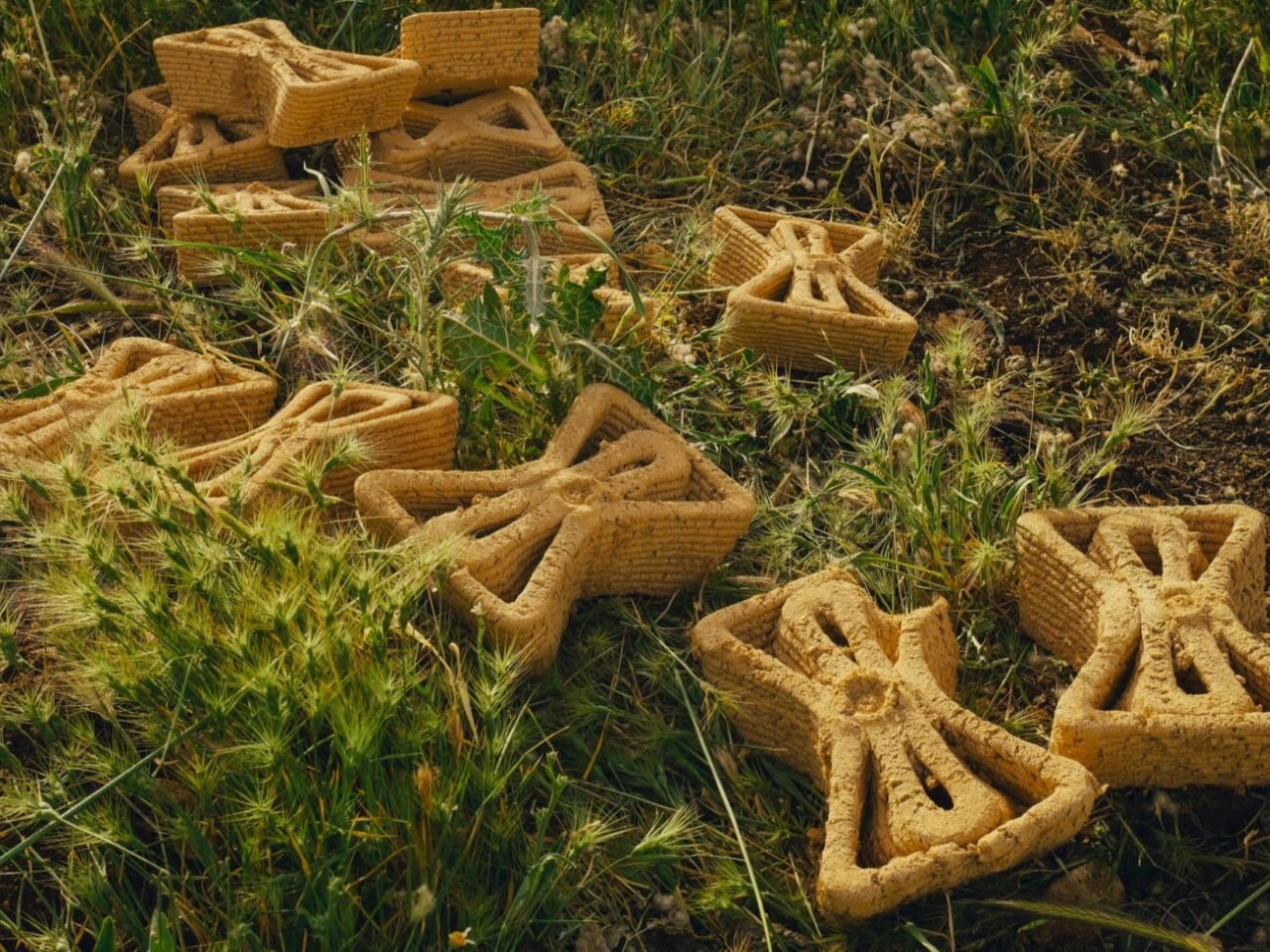
"The concept is beautifully simple. The project draws on ancient agricultural techniques used in arid landscapes, where stone or earthen enclosures shield crops and saplings from wind, sun, and evaporation. Farmers have been doing this for thousands of years because it works. Young plants are vulnerable, and giving them even a small buffer against harsh conditions can mean the difference between thriving and dying."
"That's where the robots come in. Each structure is composed of modular bricks produced through large-scale robotic extrusion. Picture a industrial robotic arm equipped with a specialized extruder, methodically building up layers of earthen material into interlocking brick units. These aren't your standard construction bricks though. Each TreeSoil prototype is informed by local climatic data, optimizing airflow, solar radiation, and moisture retention, with interlocking brick geometry that enables modularity,"
TreeSoil is a robotic 3D-printed earthen shelter designed to create microclimates that support early tree growth. The design draws on ancient agricultural enclosures used in arid landscapes to shield saplings from wind, sun, and evaporation. Large-scale robotic extrusion produces modular interlocking bricks via industrial robotic arms and specialized extruders. Prototypes are informed by local climatic data and computational design to optimize airflow, solar radiation, and moisture retention. Modularity and tailored geometry enable site- and sapling-specific configurations. Development involves collaboration between Technion's Material Topology Research Lab (MTRL) and the Tree Lab at the Weizmann Institute of Science.
Read at Yanko Design - Modern Industrial Design News
Unable to calculate read time
Collection
[
|
...
]